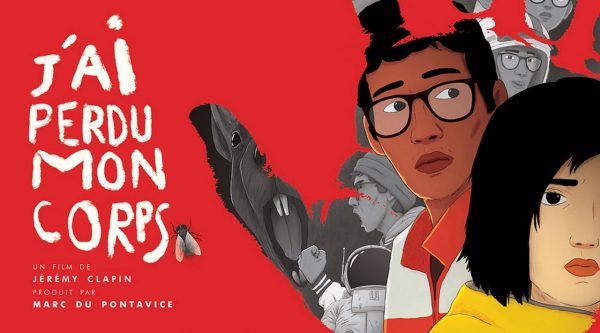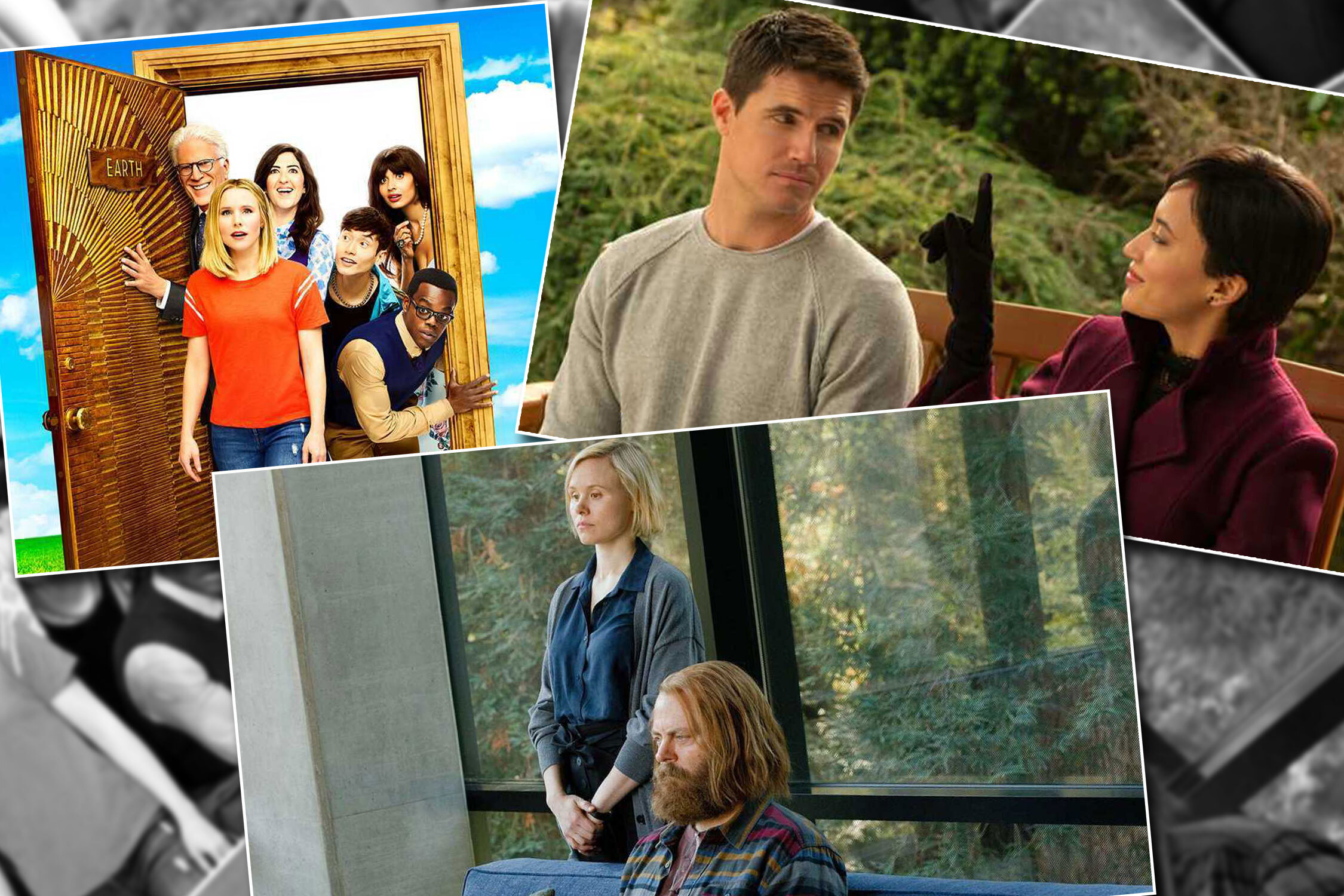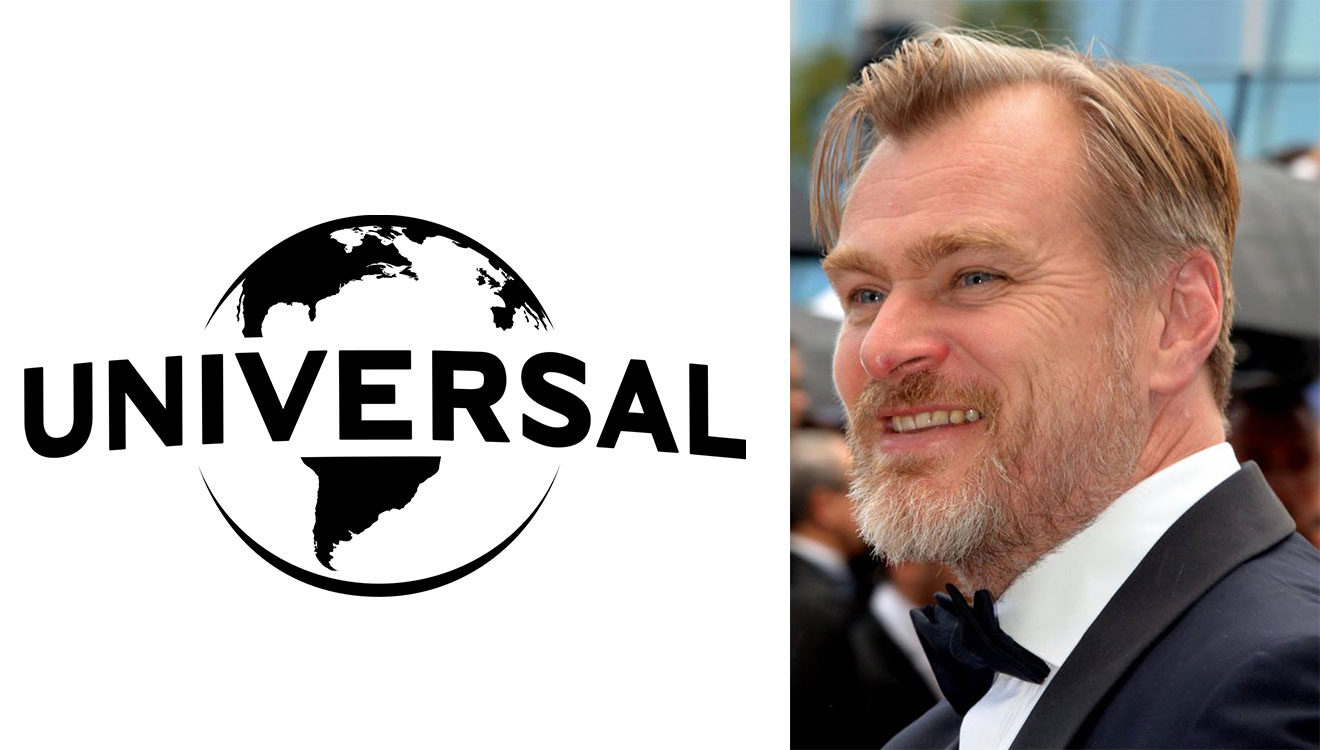I Lost My Body, a French animation film streaming on Netflix, starts in the aftermath of an accident. We see an adolescent boy, his glasses broken, a nail, a fly, a pool of blood, and his severed hand fallen by his side. The film then cuts to a flashback. The boy, much younger, asks his father how to catch a fly. In the next shot, in a lab of some sort, the severed hand makes its way out of a refrigerator that stores human body parts – a plastic bag full of human eyes, a heart, a brain.
The ‘plot’, really, is about this hand finding its way across Paris to reunite with the rest of its body. This can traditionally go two ways. It can turn into a macabre Ramsay Brothers late-night TV blood-gore-cheap-special-effects film, or take the cutesy Pixar ‘hands are people too’ route. I Lost My Body does neither and instead creates an affecting, gentle drama about loneliness and longing.
While the hand searches for its body, the film intercuts with flashbacks to the life of the boy, Naoufel. In black and white, we see Naoufel’s childhood. His mother is a professional cello player and teaches him to play the piano. His father wants him to be an astronaut. But Naoufel himself is most interested in recording everything around him on a portable tape recorder. In faded colour, we see a more recent flashback. Naoufel’s parents are now dead, he lives with an uncaring uncle and shares his room with his brother and works as a pizza delivery boy unable to shake off the unfair hand that destiny has dealt him.
The ‘present’, in full colour, is a series of entirely wordless, exhilarating sequences of the hand navigating Paris. It walks on its fingers, and does all kinds of acrobatics while fighting off rats on the subway, or walking along ledges, jumping from building to building, using an umbrella, like a parachute, all the while avoiding the gaze of humans. The Paris in this film is not the historic Paris of the Eiffel Tower, Notre Dame, the bakeries, the people with the exaggerated French moustaches that we know on screen – in other words, it isn’t Paris from Ratatouille. It is a Paris for Parisians, written and animated by Parisians. It’s like Madras in Madras. Interestingly though, Guillaume Laurant, who wrote Amelie, is one of the writers of I Lost My Body.
The hand is pretty much a physical being. It seems to have eyes and intelligence, but the director, Jeremy Clapin, has consciously avoided giving it a personality. You can see it use its strength and dexterity to get around obstacles (or even grab and strangle them in a couple of cases), but it doesn’t emote the way that the cars in Cars do, or even the way the fly in Eega does. You see it nostalgic, you see it happy or at times even a bit scared, but none of this is through any interactions with other humans or any response to dialogue. The challenge before Clapin is harder, but he makes it work, using almost imperceptible gestures, evocative camera angles and rich, painterly animation.
Naoufel, on the other hand (no pun intended), does interact with other humans, but even these interactions seem filtered through his own memories of them. His childhood is perfection, he records every little sound from it. Conversely, he doesn’t find anything worth recording from his adult life in Paris. The tape recorder is only to remind him of his beautiful past. But soundscapes and audio devices are all over his adulthood.
When he finds love, it is from a voice through a speaker. Gabrielle lives on the 35th floor of a building. He says she must be peaceful because she has nothing to see, and nothing to hear. He then asks her if she can hear the rain. She says that from ‘up here’, she cannot. When he finally sees Gabrielle, he identifies her through the fluorescent headphones she’s wearing. When his hand gets sawed-off, again, he’s wearing earmuffs to block out the sound. The event that finally separates him from his past, when he takes that leap of faith, he leaves his tape recorder behind.
Recommended
You could, of course, view the entire film as not a flashback of Naoufel’s life, but as a flashback of his severed hand. Every little element of the flashback, be it piano playing, fly-swatting, carpentry, recording, even pizza delivery, is centred around the image of the right hand. When Naoufel follows Gabrielle in a metro train, again, we see his hand leave his pocket, and then hold a pole for support. We see even this little scene through what his hand does and not what he does. They are all things the hand does, as part of Naoufel, and without the body, the hand isn’t able to do any of those things. So, there is a wistful quality to the scene when the hand finds itself in the apartment of a piano player. And the final scene, then, is perhaps the hand realising that Naoufel has moved on and that it should probably leave him alone.
I Lost My Body sounds strange on paper but is actually not. The metaphors aren’t heavy-handed; they are always accessible. The hand-drawn animation gives the film a human texture that aids the narrative. The film is moving and heartening at once. It straddles animation’s traditional adventurous, escapist imagery and realism with ease. It is Clapin’s first film and a spectacular one. This is perhaps the birth of a bold, new voice outside of the USA and Japan that animation has been waiting for.



